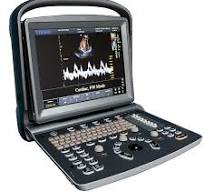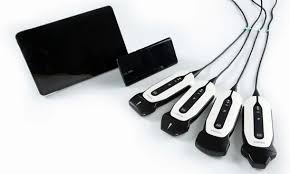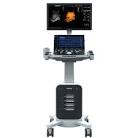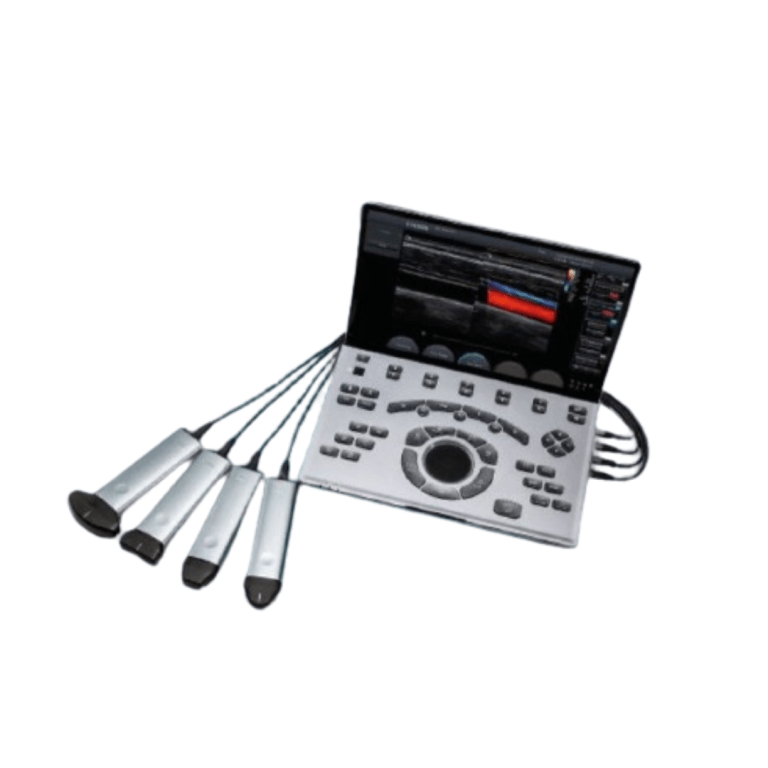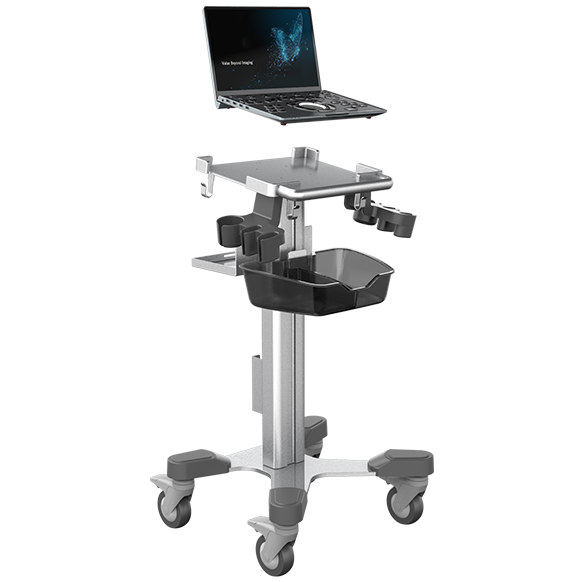No products in the cart.
Add ₦300.00 to cart and get free shipping!
No products in the cart.
Add ₦300.00 to cart and get free shipping!
How to Choose Medical Equipment
A comprehensive guide to making informed decisions when selecting medical equipment for your healthcare facility. Expert insights to ensure optimal outcomes and value.
Needs Assessment
Identify exact requirements and specifications
Budget Planning
Total cost of ownership evaluation
Vendor Selection
Choose reliable suppliers and partners
Quality Assurance
Ensure compliance and performance standards
Step 1: Comprehensive Needs Assessment
Before exploring equipment options, conduct a thorough analysis of your facility's current and future needs. This foundation ensures you select equipment that truly serves your objectives.
Analyze Current Operations
Evaluate your existing equipment performance, identify bottlenecks, and assess gaps in your current medical capabilities.
- Document current equipment inventory and condition
- Analyze patient volume and service demand trends
- Identify operational inefficiencies and limitations
- Review staff feedback and user experience
- Assess space utilization and workflow patterns
Define Clinical Requirements
Clearly articulate the clinical outcomes you aim to achieve and the patient populations you serve.
- Specify diagnostic or treatment capabilities needed
- Define patient demographic and case complexity
- Establish performance and accuracy requirements
- Consider integration with existing systems
- Plan for future clinical service expansion
Stakeholder Consultation
Engage all relevant stakeholders to ensure comprehensive understanding of requirements and expectations.
- Medical staff and department heads
- Biomedical engineering team
- IT and facilities management
- Finance and procurement teams
- Quality assurance and compliance officers
Step 2: Comprehensive Market Research
Understanding the available options, emerging technologies, and market trends ensures you make informed decisions and select future-ready equipment.
Technology Landscape Analysis
Research current and emerging technologies in your equipment category to understand available options and future trends.
- Review latest technology developments and innovations
- Analyze market leaders and their offerings
- Study peer-reviewed research and clinical evidence
- Attend industry conferences and trade shows
- Consult with clinical specialists and experts
Competitive Analysis
Compare different manufacturers, models, and feature sets to identify the best options for your specific requirements.
- Create feature comparison matrices
- Analyze price points and value propositions
- Review manufacturer reputation and market presence
- Assess local support and service capabilities
- Investigate upgrade paths and future compatibility
Peer Facility Research
Learn from similar healthcare facilities that have implemented comparable equipment solutions.
- Visit facilities with similar equipment installations
- Interview staff about user experience and outcomes
- Review case studies and success stories
- Participate in user groups and professional networks
- Analyze published performance and satisfaction data
Step 3: Define Technical Specifications
Establish clear, measurable specifications that will guide your evaluation process and ensure selected equipment meets your exact requirements.
Performance Requirements
Define specific performance criteria that the equipment must meet to effectively serve your clinical needs.
- Accuracy and precision specifications
- Speed and throughput requirements
- Resolution and image quality standards
- Measurement ranges and detection limits
- Reliability and uptime expectations
Infrastructure Compatibility
Ensure the equipment will integrate seamlessly with your existing facility infrastructure and systems.
- Physical space and installation requirements
- Power, HVAC, and utility specifications
- IT network and data integration capabilities
- Safety and regulatory compliance features
- Environmental conditions and restrictions
Operational Features
Identify features that will enhance usability, workflow efficiency, and user satisfaction.
- User interface design and ease of operation
- Workflow integration and automation capabilities
- Data management and reporting features
- Remote monitoring and diagnostic capabilities
- Training and support requirements
| Specification Category | Must Have | Should Have | Nice to Have |
|---|---|---|---|
| Clinical Performance | Meets minimum accuracy standards | Exceeds industry benchmarks | Advanced analytics features |
| Integration | Basic data connectivity | Full EMR integration | AI-powered insights |
| Usability | Intuitive basic operation | Workflow optimization | Voice control features |
| Support | Local technical support | 24/7 remote assistance | Predictive maintenance |
Step 4: Budget and Financial Planning
Develop a comprehensive understanding of all costs associated with equipment acquisition, implementation, and ongoing operation.
Total Cost of Ownership (TCO)
Calculate the complete financial impact over the equipment's expected lifecycle, not just the purchase price.
- Initial equipment purchase price
- Installation and setup costs
- Training and certification expenses
- Annual maintenance and service contracts
- Consumables and supplies costs
- Facility modifications and infrastructure
- Insurance and compliance costs
- End-of-life disposal or trade-in value
Financing Options
Explore various financing mechanisms to optimize cash flow and financial flexibility.
- Outright purchase with capital budget
- Equipment financing and loan options
- Leasing arrangements (operating vs. capital)
- Rental and short-term agreements
- Trade-in and upgrade programs
- Government grants and funding programs
ROI and Value Analysis
Quantify the financial benefits and return on investment to justify the equipment purchase.
- Increased patient capacity and throughput
- Improved diagnostic accuracy and outcomes
- Reduced operational costs and inefficiencies
- New service line development opportunities
- Enhanced reputation and competitive advantage
- Staff productivity and satisfaction improvements
Step 5: Vendor Selection and Partnership
Choose vendors and partners who will provide not just equipment, but comprehensive support throughout the equipment lifecycle.
Vendor Evaluation Criteria
Assess potential vendors across multiple dimensions to ensure they can deliver on their commitments.
- Company stability and market reputation
- Local presence and support capabilities
- Technical expertise and certification levels
- Service response times and availability
- Training program quality and comprehensiveness
- Customer references and satisfaction scores
- Financial terms and contract flexibility
Due Diligence Process
Conduct thorough verification of vendor capabilities and claims before making final decisions.
- Request and contact customer references
- Visit vendor facilities and service centers
- Review financial stability and insurance coverage
- Verify regulatory approvals and certifications
- Test response times for support requests
- Evaluate training materials and resources
Contract Negotiation
Secure favorable terms that protect your interests and ensure long-term value.
- Warranty terms and coverage scope
- Service level agreements and penalties
- Training and support inclusions
- Upgrade and trade-in provisions
- Performance guarantees and remedies
- Data ownership and security protections
Step 6: Hands-On Equipment Evaluation
Test and validate equipment performance in real-world conditions before making final purchase decisions.
Demonstration and Testing
Arrange comprehensive demonstrations and hands-on testing with your actual staff and use cases.
- Schedule on-site demonstrations with clinical staff
- Test with actual patient cases when possible
- Evaluate ease of use and learning curve
- Assess integration with existing workflows
- Measure performance against specifications
- Document staff feedback and preferences
Trial Periods
When possible, arrange trial periods or pilot programs to validate equipment performance over time.
- Negotiate trial periods with vendors
- Establish clear evaluation criteria and metrics
- Monitor daily operational performance
- Track user satisfaction and adoption rates
- Measure clinical outcomes and efficiency gains
- Document any issues or limitations discovered
Reference Site Visits
Visit other facilities using the same equipment to gain real-world insights and lessons learned.
- Observe equipment in actual clinical use
- Interview clinical staff about experiences
- Review maintenance and support history
- Assess patient and staff satisfaction
- Learn about implementation challenges
- Understand optimization strategies and tips
Step 7: Implementation and Go-Live Planning
Develop a comprehensive implementation plan to ensure smooth deployment and successful adoption of your new equipment.
Project Management
Establish clear project governance and management processes to ensure successful implementation.
- Appoint dedicated project manager and team
- Develop detailed project timeline and milestones
- Define roles and responsibilities for all stakeholders
- Establish communication and reporting protocols
- Create risk management and contingency plans
- Plan for change management and user adoption
Installation and Commissioning
Coordinate the physical installation and technical commissioning of the equipment.
- Prepare facility infrastructure and space
- Coordinate delivery and installation logistics
- Conduct acceptance testing and verification
- Complete regulatory and safety inspections
- Perform integration testing with existing systems
- Document all installation and configuration details
Training and Go-Live
Ensure comprehensive staff training and smooth transition to operational use.
- Develop training program for all user groups
- Conduct hands-on training sessions
- Create documentation and reference materials
- Plan phased go-live approach
- Provide on-site support during initial weeks
- Monitor performance and address issues quickly
Final Decision Checklist
Use this comprehensive checklist to ensure you've covered all critical aspects before making your final equipment selection.
✅ Pre-Purchase Verification
- Needs assessment completed and documented
- Technical specifications clearly defined
- Budget and TCO analysis completed
- Multiple vendor options evaluated
- Equipment demonstrations conducted
- Reference sites visited and contacted
- Contract terms negotiated and reviewed
- Implementation plan developed
- Training program scheduled
- Support arrangements confirmed
- Regulatory compliance verified
- Insurance coverage arranged
- Stakeholder approval obtained
- Backup and contingency plans prepared
- Success metrics and KPIs defined
Ready to Find the Perfect Medical Equipment?
Let our experts guide you through the selection process and help you make the best decision for your healthcare facility.

